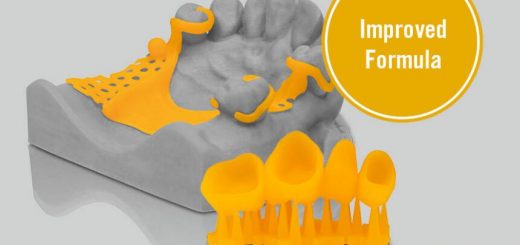Modified Stainless Steel Improves Metal Printing Quality
Aside from the proliferation of new printing methods, companies are also looking into modifying conventional materials for better processing. While this has been common for plastics, researchers from Austria’s TU Graz have applied it to Stainless Steel. The researchers modified steel using silicon nitride to control the reactions during formation, which improved surface finish and minimised supports.
While 3D printing metals has come a long way, conventional metals can still have issues in the final print. These can cause decrease the quality of the end product and lead to improper finishes with abrasions or gaps. However, one of the best ways to overcome such issues is with dedicated materials and alloys that companies have tested for their suitability to certain processes.
The researchers call these new materials NewGen SLM powders. More specifically, they took 316L stainless steel powder and improved its characteristics. Additionally, they claim that this steel material could lead to cost savings of up to 114 euros per kilo of printed metal.
![]() Improving Metal Printing Powders
Improving Metal Printing Powders
 Comparison of NewGen Materials (top row) vs conventional metal powders (bottom),Source: TU Graz
Comparison of NewGen Materials (top row) vs conventional metal powders (bottom),Source: TU Graz
The researchers arrived at this version of the modified stainless steel concoction after testing multiple blends. They investigated multiple other options for their mechanical properties and porosity, and thus found that the distortion in the sinter was reducible through strict control of the silicon nitride and borons within it. They published their findings in the article “Improving the Dimensional Stability and Mechanical Properties of AISI 316L + B Sinters by Si3N4 Addition“.
While borides increase the density of the sinter, they don’t mix well in iron-based materials. This causes the formation of unwanted layers around the particle. The silicon nitride mitigates this factor. Furthermore, TU Graz scientists have modified the powder so that in addition to yielding a better surface finish and mechanical properties, NewGen SLM requires fewer support structures. This means that the modified stainless steel can be even lighter than conventional metal prints.
The researchers and TU Graz are looking to commercialize the NewGen SLM powder with the Spin-off Fellowship program. The program helps develop intellectual property in Austrian universities for early start-ups. As for now, the researchers will be testing the material on as many metal printing systems as they can. We look forward to seeing how the results stack up as this material could be a game-changer.
Source:3D Printing




Recent Comments